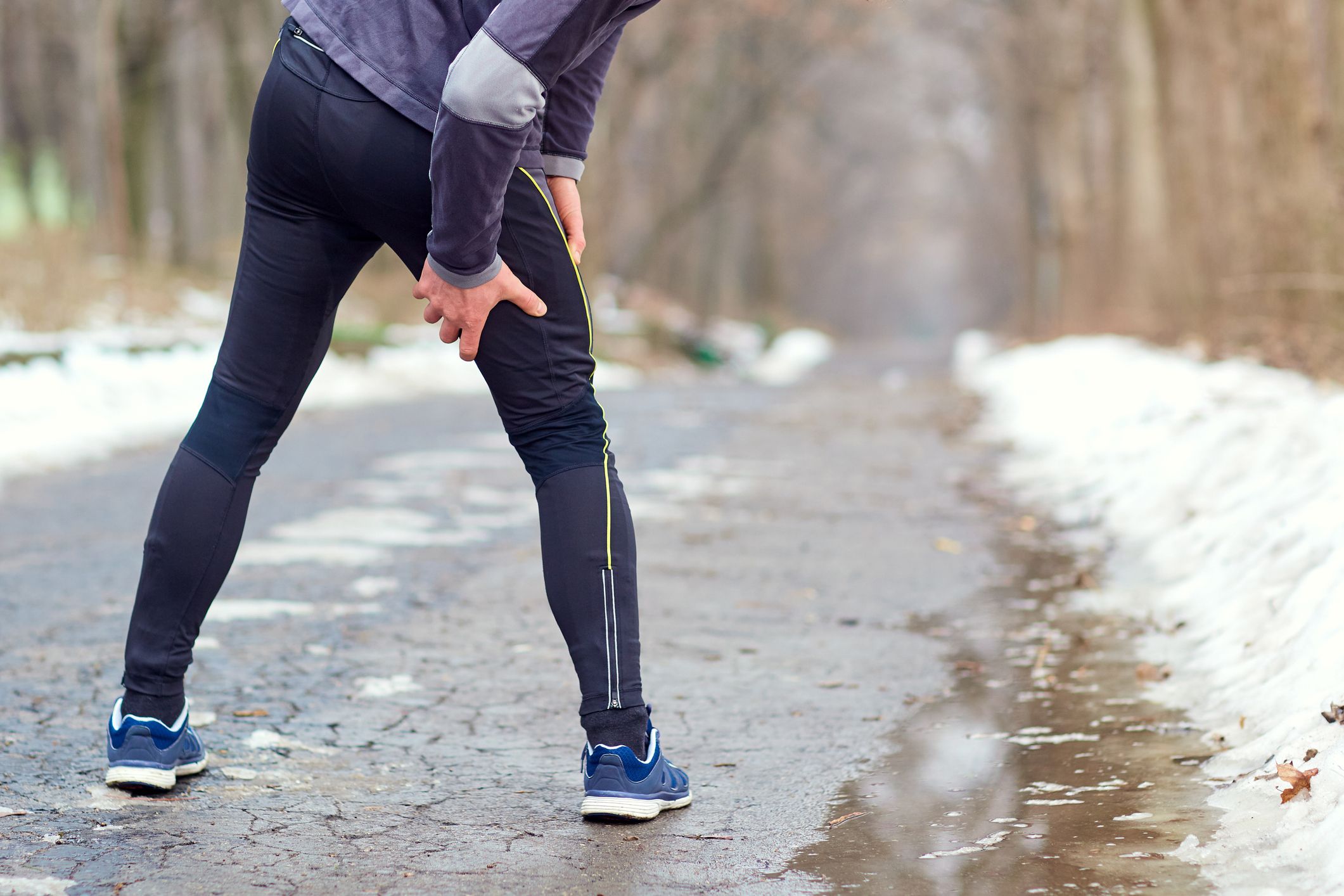Managing Joint Pain in Cold Weather: Strategies for Comfort

With winter just around the corner here in South Suburban Chicagoland, it's not just the holiday season that's in full swing. For many residents, it's unfortunately also the season for managing joint pain brought on or exacerbated by the cold weather. If you're one of them, fret not! In this blog post, we'll delve deeper into valuable strategies to help you stay cozy and comfortable during the winter months while keeping joint pain at bay. At MidAmerica Orthopaedics, we understand your concerns and are here to provide warm, inviting solutions for your well-being.
Dressing for Warmth and Mobility
Cold weather attire is your first line of defense against joint pain. As the temperature drops, investing in appropriate clothing becomes crucial in ensuring your joint comfort. The key is to dress in layers to trap warm air and provide insulation. Start with moisture-wicking fabrics as your base layer to regulate your body temperature and keep sweat at bay. On top, add insulating layers like fleece or wool, which can effectively keep you warm without being bulky. Don't forget to protect your extremities with insulated gloves and thick, cozy socks. Dressing for both warmth and mobility is essential to ensure that your joints remain comfortable and flexible even in the coldest weather.
Regular Exercise
Move your way to joint comfort. While the temptation to hibernate during the winter months is strong, maintaining an active lifestyle is crucial for joint health. Regular exercise helps to increase blood flow to your joints, providing warmth and nourishment. Consider indoor exercises like yoga or water aerobics, which can be gentle on your joints while helping you stay active. If you're a fan of the great outdoors, layer up and consider low-impact activities like winter walking or cross-country skiing. Engaging in these activities not only warms your body but also uplifts your spirits during the long winter months.
Hydration and Nutrition
Fuel your body for joint health. Staying hydrated and consuming a well-balanced diet can significantly reduce joint pain, especially in the winter. Cold weather can lead to increased fluid loss, and dehydration can exacerbate joint discomfort. To combat this, make sure to drink plenty of water, herbal teas, and warm soups. Hydration keeps your joints lubricated and functioning optimally.
Moreover, your diet plays a pivotal role in joint health. Opt for foods rich in omega-3 fatty acids and antioxidants, as they have anti-inflammatory properties. Salmon, walnuts, and leafy greens are excellent choices. These foods can help reduce inflammation in your joints and improve overall comfort during the winter season.
Keep Your Home Warm
Your home should be a warm, inviting space where you can relax and recover from the cold. Ensure that your indoor environment is cozy by maintaining a comfortable temperature. Consider investing in space heaters and insulating your windows to keep the cold air out. Electric blankets can provide that extra touch of warmth, especially during those chilly nights. Creating a warm home environment is not only essential for your comfort but also aids in soothing aching joints and muscles.
Stay Informed
Empower yourself with knowledge. To effectively manage joint pain in the cold, it's crucial to understand your specific joint condition, whether it's osteoarthritis or rheumatoid arthritis. This knowledge will help you make informed decisions about managing your joint pain during winter. MidAmerica Orthopaedics provides a wealth of educational resources and consultations to help you stay informed and proactive in your care.
Seek Professional Assistance
Don't face the cold alone. If you find that joint pain is becoming unmanageable or is negatively impacting your quality of life, it's time to seek professional help. MidAmerica Orthopaedics specializes in diagnosing and treating a wide range of joint conditions. We're here to support you on your journey to joint comfort. Winter might be chilly, but your joints can stay warm and comfortable with the right guidance and care. Stay cozy, stay active, and remember that we're here to support you every step of the way.

